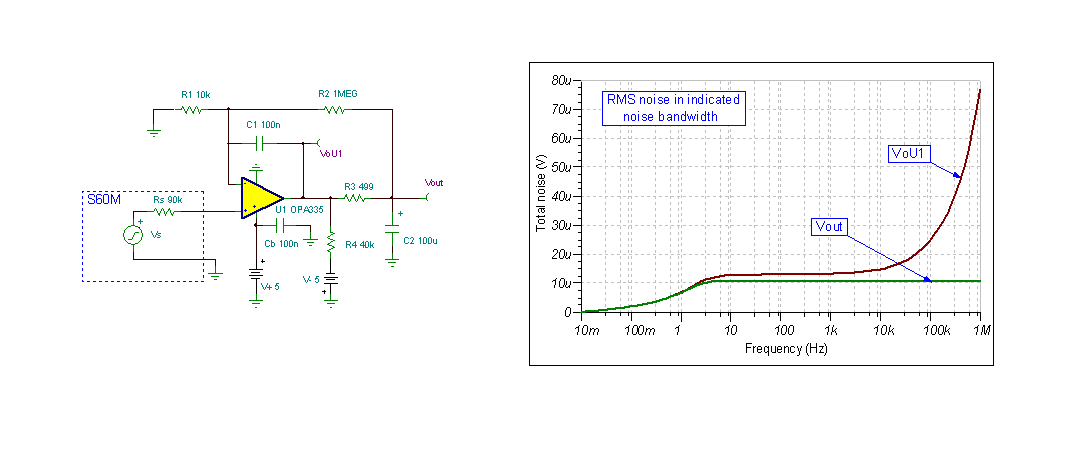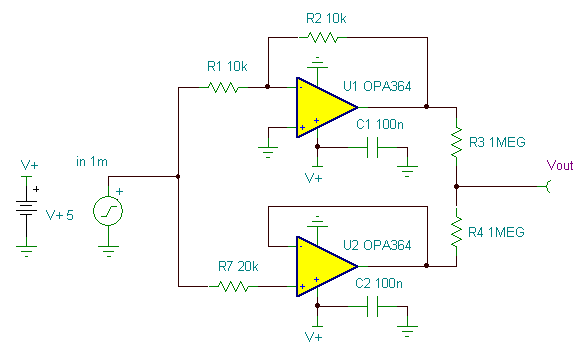Grounded Cathode Laser Diode Driver
This circuit provides voltage- controlled constant-current biasing of a Grounded Cathode Laser Diode Driver by using a positive supply voltage and a positive control voltage.
As shown, the OPA569 op amp provides an output current of 500mA per volt input. Output is current- limited to 2A by R2. Frequency compensation is provided by C1 R1. This circuit takes advantage of the unique topology of the OPA569; it does not require a shunt resistor to measure its output current.
This amplifier provides an output monitor current from pin 19 that is 1/475 th of its output current.
The voltage drop across R2 due to this current is used as negative feedback to the amplifier’s inverting input (pin 5). Thus a constant- current output is derived by this feedback. Bypass capacitors are not shown.
Since no shunt resistor is required to measure output current, there is no reduction in output voltage compliance due to shunt resistor voltage drop and this circuit can swing its output voltage very close to its supply rail.
This increases efficiency and reduces heat sinking requirements. In fact, supply voltage can be reduced to 3.3V for most laser diodes.
The OPA569 features both a Current Limit (pin 4) and a Thermal Overtemp (pin 7) flag. These flags can be used to protect the amplifier and the Enable (pin 8) can be used to digitally control its status.
The “no connection” warnings simply indicate that these flags are not connected in this circuit; this does not affect the simulation.
(Circuit is created by Neil P. Albaugh, TI – Tucson)
Online Simulation of the Grounded Cathode Laser Diode Driver Circuit
The great feature of the TINA circuit simulator that you can analyze this circuit immediately with TINACloud the online version of TINA. Of course you can also run this circuit in the off-line version of TINA.
Click here to invoke TINACloud and analyze the circuit.
You can send this link to any TINACloud customers and they can immediatelly load it by a single click and then run using TINACloud.
Michael Koltai
www.tina.com



